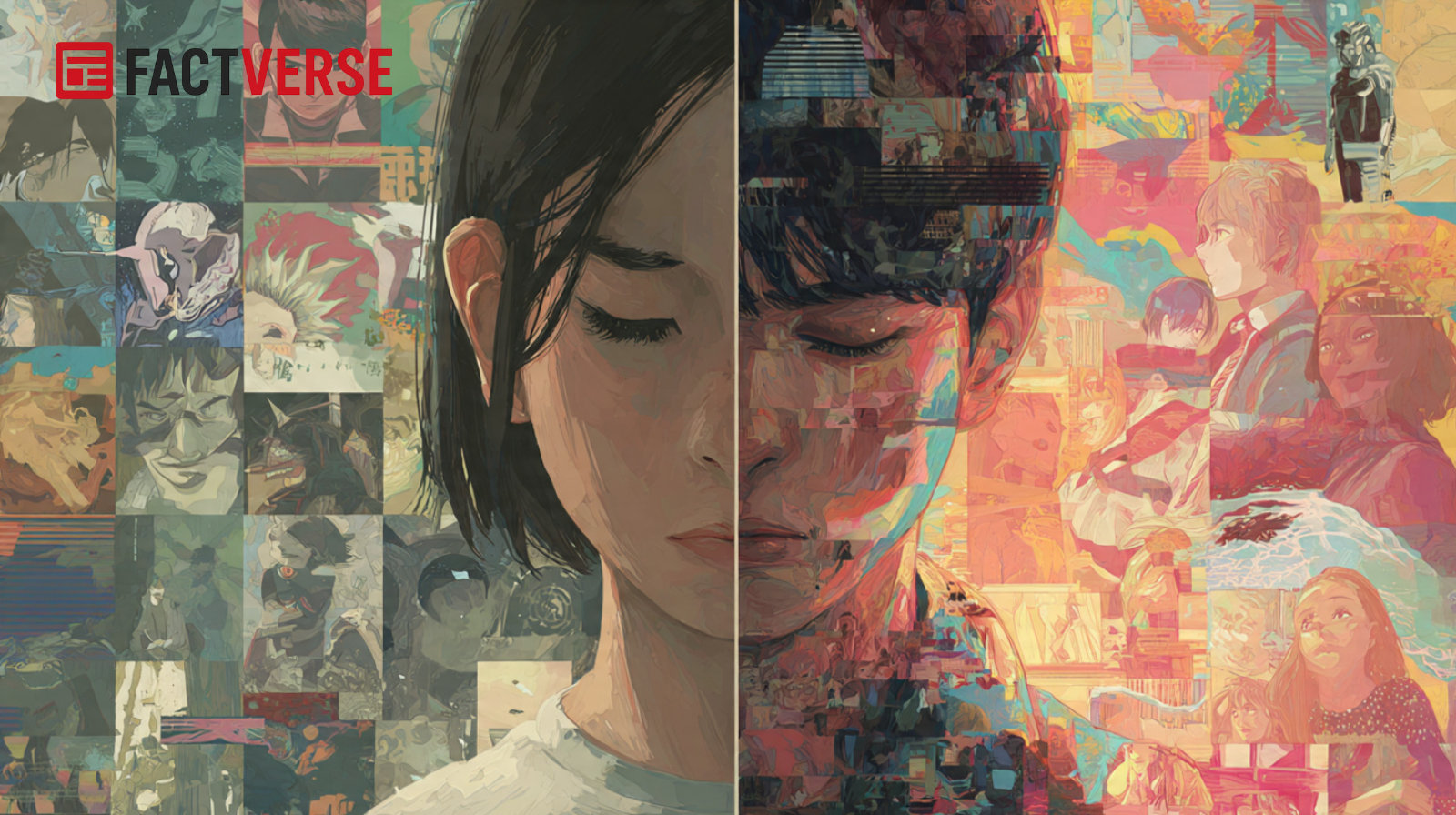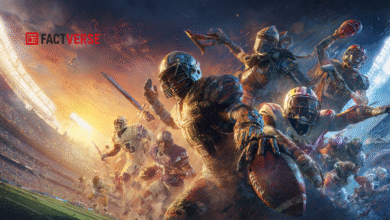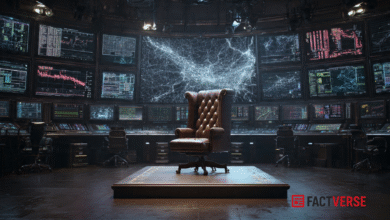The modern lexicon is filled with terms that carry multiple meanings, but few are as fascinating or as starkly divided as the Sankaka Complex. For many, this phrase evokes a deep psychological concept, rooted in family dynamics and the quiet struggles of introspection. For an entirely different global community, it’s the name of a digital cornerstone, a powerhouse in the world of Japanese pop culture.
Understanding the Sankaka Complex requires a unique approach. It’s not just about defining a single idea, but about exploring two separate worlds that happen to share a name. One side delves into the human psyche, while the other navigates the vibrant and often controversial landscape of anime and manga. This article will explore both interpretations, shedding light on this intriguing and multi-layered term.
Part 1: The Sankaka Complex as a Psychological Concept
A Deep Dive into Sibling Dynamics
At its core, the psychological interpretation of the Sankaka Complex describes a specific set of emotional conflicts and patterns of overthinking, often related to sibling relationships. It primarily focuses on the experience of an older child who feels displaced by the arrival of a younger sibling.
This perceived loss of parental attention and affection can plant the seeds of deep-seated emotional turmoil. The term, while not an officially recognized disorder in clinical psychology like the Oedipus complex, resonates with millions who have navigated the complex hierarchies of family life.
Philosophical and Psychological Roots
While the term itself is modern, the ideas it represents are ancient. The concept draws parallels to classic psychoanalytic theories from figures like Freud and Jung, who extensively studied family dynamics, rivalry, and the development of the unconscious mind.
It also touches upon Eastern philosophies that emphasize self-awareness and introspection. The Sankaka Complex is a label for a universal human experience: the struggle for identity and validation within one’s own family unit, a theme seen across countless cultures.
Core Characteristics of the Complex

How does this psychological Sankaka Complex manifest? It typically involves a cluster of specific feelings and behaviors that can persist from childhood into adulthood.
- Pervasive Feelings of Resentment: The individual may harbor a subtle, lifelong resentment toward a younger sibling, viewing them as the source of their perceived loss of love.
- Intense Sibling Rivalry: This goes beyond normal competition. It becomes a driving force to constantly seek recognition, rewards, or attention from parents, often in a bid to “win back” their original status.
- Emotional Turmoil and Self-Doubt: Those experiencing the complex often report higher levels of anxiety, jealousy, and a persistent fear of rejection. They may develop low self-esteem, feeling they are “not good enough.”
- A Habit of Overthinking: A key trait is deep, cyclical introspection. Individuals may endlessly replay past interactions, analyze family conversations, and live in fear of judgment, especially from their parents.
The Long-Term Impact on Life
These childhood patterns can cast a long shadow over an individual’s adult life, shaping their personality and choices in profound ways.
Personality Development
The eldest child might develop intense perfectionism, becoming a high-achiever driven by a deep-seated need to prove their worth. Conversely, others might withdraw, becoming passive and struggling with decision-making.
Interpersonal Relationships
The Sankaka Complex can directly impact future relationships. The individual may struggle with trust, project their sibling-based jealousy onto partners, or exhibit controlling behaviors in friendships, unconsciously recreating their family dynamic.
Mental Health
While not a disorder itself, the complex can contribute to chronic anxiety, depression, and persistent feelings of inadequacy. It becomes a painful filter through which they see the world.
Navigating and Overcoming the Sankaka Complex
The positive news is that these patterns can be addressed. Overcoming the Sankaka Complex is a journey of self-discovery and conscious effort.
- Self-Awareness is Key: The first and most crucial step is recognizing the emotions and their source. Understanding that the root of the issue is a perceived loss from childhood is incredibly empowering.
- Therapy and Counseling: A mental health professional can provide the tools to unpack these deep-rooted patterns in a safe and objective environment.
- Healthy Communication: This involves reframing the sibling relationship. As adults, open communication can transform the dynamic from one of rivalry to one of mutual support and understanding.
- Reframing Your Perspective: A powerful technique is to consciously see siblings as allies rather than competitors. This shift can neutralize the old feelings of rivalry.
Myths and Misconceptions
Several myths surround this concept. It’s often believed to only affect firstborn children, but this is false. Any child who feels displaced, regardless of birth order, can experience these feelings.
Furthermore, it is not an inevitable part of having siblings. A supportive and aware parenting style, where each child feels individually valued, can prevent the Sankaka Complex from ever taking root.
Part 2: Sankaku Complex – A Pop Culture Powerhouse
A Shift in Meaning: The Website
Now, we pivot to the second, more public-facing identity of the term: the Sankaka Complex website. It’s important to note this version is almost always spelled “Sankaku Complex,” with a “u.”
This is not a psychological theory but a massive, globally recognized Japanese pop culture website. For the worldwide otaku (a term for fans of anime and manga), the Sankaku Complex is a cornerstone of their online world, a primary hub for news, fan art, and discussion.
The History and Evolution of an Otaku Hub
Launched in the early 2000s, Sankaku Complex began as a humble image board, a place for fans to share anime and manga pictures. Its growth, however, was explosive.
It quickly evolved into a comprehensive platform. It began aggregating news, providing translations, and hosting vibrant community forums. It expanded its coverage to include gaming, particularly niche Japanese titles, and editorial blogs. Today, it stands as a major institution in anime fandom.
What the Website Offers
The Sankaku Complex platform is dense with content, catering to every facet of the otaku community.
- Anime and Manga News: It provides up-to-the-minute news, reviews, storyline analyses, and critiques of new animation styles.
- Vast Image Collections: True to its roots, it hosts enormous, user-driven galleries of fan art, screenshots, and official art.
- Gaming Coverage: It features updates on mobile games, virtual reality experiences, and other aspects of the Japanese gaming scene.
- Community Features: Active forums allow fans from across the globe to connect, discuss theories, and share their passion.
Cultural Impact and Community
The website’s influence is undeniable. It doesn’t just report on anime trends; it helps create them. It has served as a launchpad for indie artists, a place where memes are born, and a battleground for industry debates.
The Sankaka Complex, in this form, is a powerful connector. It allows a fan in Europe to instantly connect with a fan in Japan, creating a truly global and interactive community.
The Unavoidable Controversies

It is impossible to discuss the Sankaku Complex website without addressing its controversial nature. The platform is famous—and infamous—for its commitment to hosting explicit, uncensored, and mature content.
This has placed it at the center of ongoing debates about censorship versus artistic freedom. Critics argue that the site promotes the objectification of characters, while supporters defend it as a platform for free expression.
Navigation, Safety, and Alternatives
This is the most critical note: the Sankaka Complex website is not safe for all audiences. It is an adult-oriented site, and new users should proceed with extreme discretion.
For those seeking the community and art without the explicit material, several popular alternatives exist. Platforms like Pixiv are a haven for digital artists, Danbooru offers curated image collections, and Reddit communities like r/anime provide moderated news and discussion.
Bridging the Two Worlds
A Surprising Thematic Connection
At first glance, a psychological concept about sibling rivalry and a controversial anime website could not be more different. But a fascinating thematic thread links them: Identity.
The psychological Sankaka Complex is a deeply internal struggle. It is about the formation of one’s personal identity in relation to their family. It’s about the self, introspection, and the private pain of feeling unseen.
The Sankaku Complex website, conversely, is about external and community identity. It’s a place where individuals affirm their identity as fans and find a sense of belonging within a global subculture. It’s about connection, shared passion, and public expression.
The Dual Legacy of the Sankaka Complex
The Sankaka Complex remains a powerful and captivating term precisely because of its dual nature. It is a mirror reflecting two very different, yet very human, parts of our world.
One meaning forces us to look inward, to consider the quiet, complex emotions that shape our personalities and our closest relationships. The other directs us outward, to the massive, loud, and interconnected communities we build around our shared passions.
Whether you encounter the term in a discussion on psychology or in the deep recesses of pop culture fandom, one thing is certain: the Sankaka Complex is a perfect example of how modern language evolves, creating rich layers of meaning that span the internal mind and the external world.
Frequently Asked Questions (FAQ)
Are the psychological meaning and the website related?
No. The two meanings of “Sankaka Complex” (or “Sankaku Complex”) developed entirely independently. They share a name coincidentally, but there is no direct historical or etymological link between the psychological concept and the pop culture website.
Is the psychological Sankaka Complex a real medical diagnosis?
No. It is not an officially recognized mental health disorder listed in diagnostic manuals like the DSM-5. It is best described as a psychological concept or framework used to understand a common set of emotional patterns and behaviors related to sibling rivalry.
How do I know if I have the psychological Sankaka Complex?
If you identify strongly with the core characteristics—such as persistent resentment toward a sibling, intense rivalry, chronic overthinking about family dynamics, and feelings of low self-worth tied to your birth order—you may resonate with the concept. If these feelings cause you distress, speaking with a therapist can be very beneficial.
Is the Sankaku Complex website safe to browse?
No, it is not considered safe for all audiences. The website is known for hosting explicit, uncensored, and mature (NSFW) content. User discretion is strongly advised, and it is not intended for minors.
What are some safe alternatives to the Sankaku Complex website?
For fans looking for anime/manga art and community without the explicit content, there are many excellent alternatives. Pixiv is a massive platform for artists. Danbooru and Gelbooru are large image aggregators (though they also have filters for mature content). Reddit communities like r/anime and r/manga are perfect for news and discussion.
Read Also: SWGOH Webstore: Complete Player’s Guide





